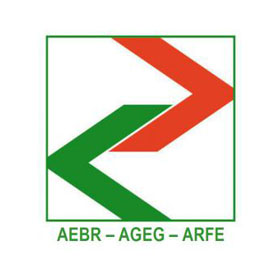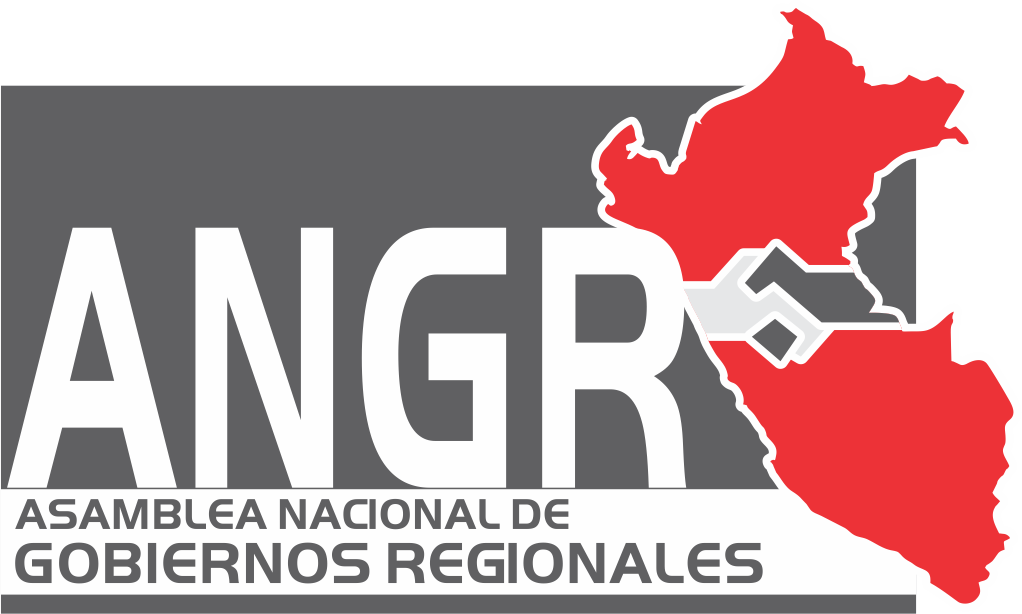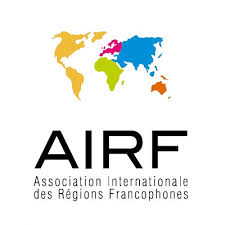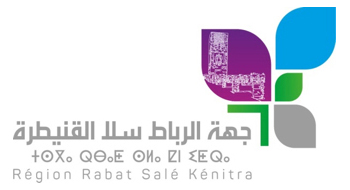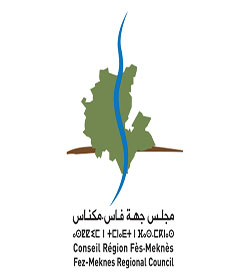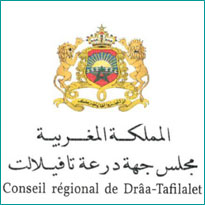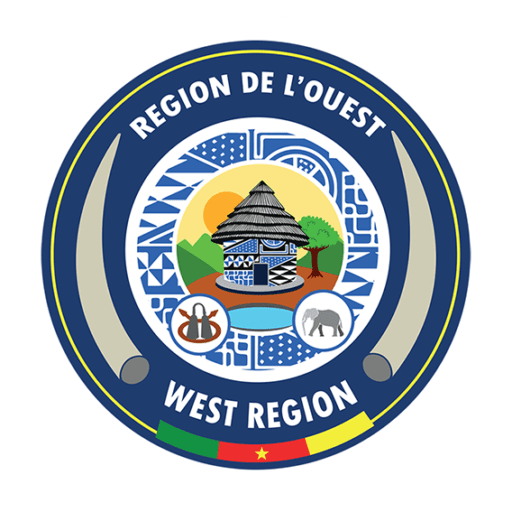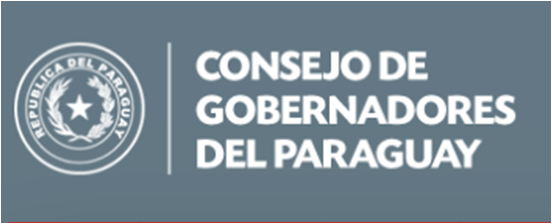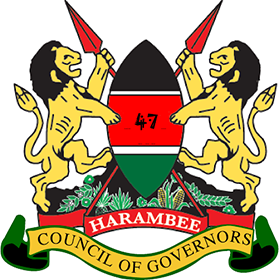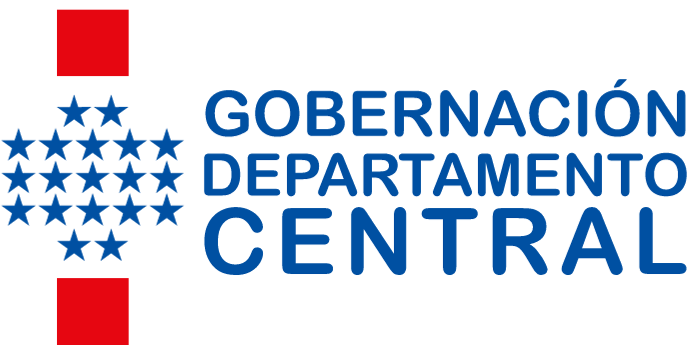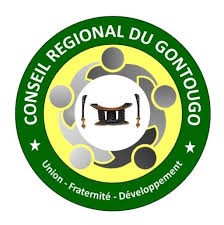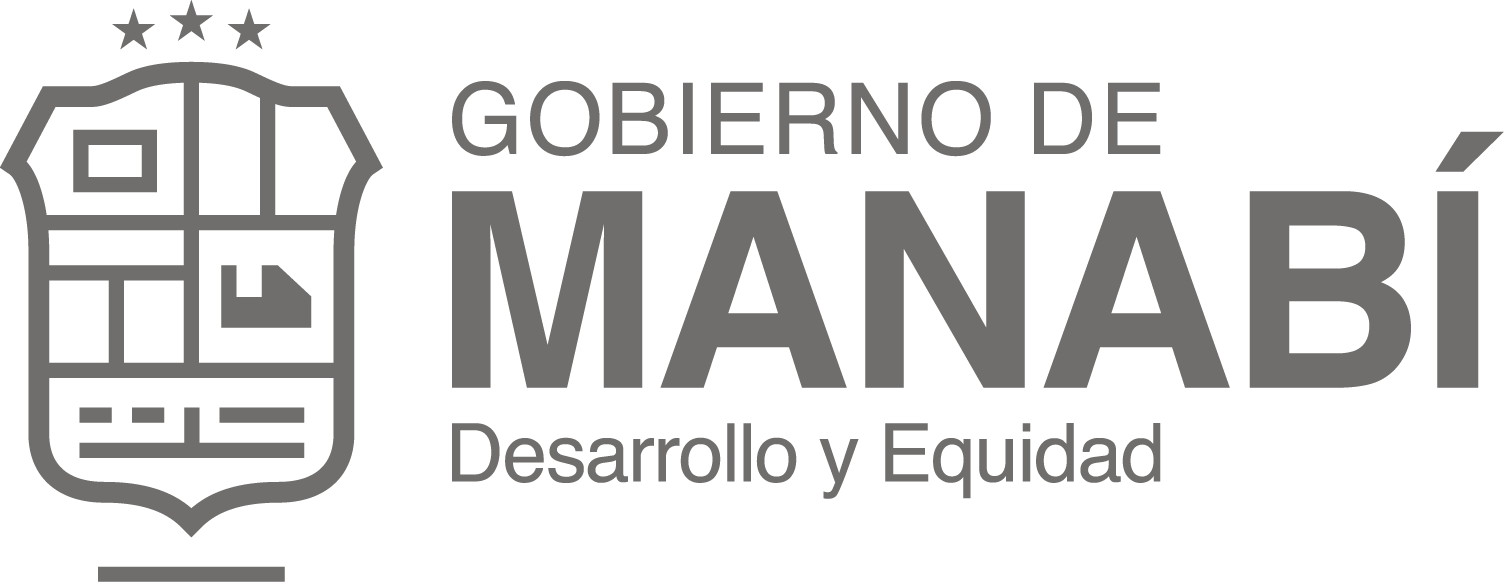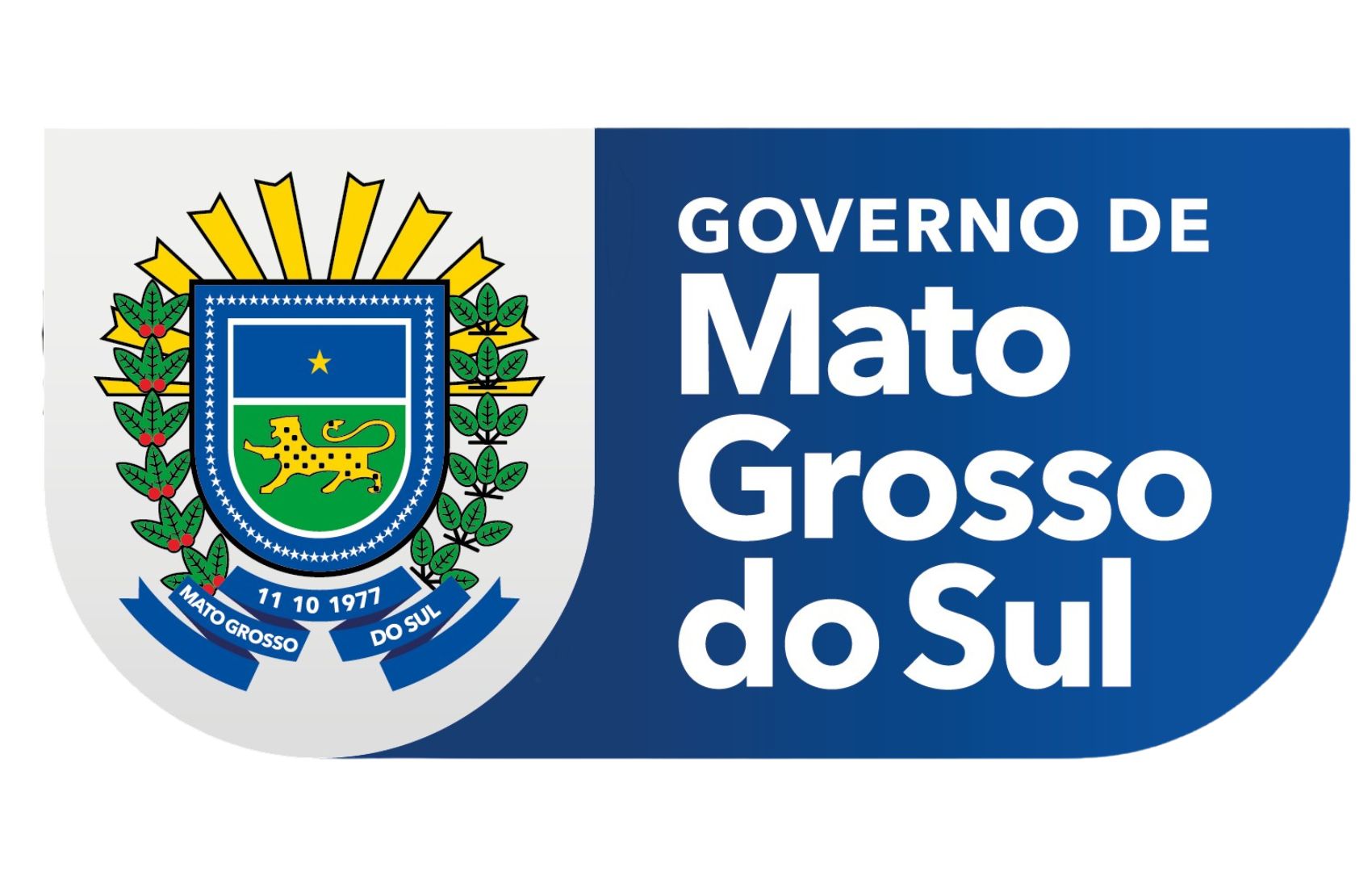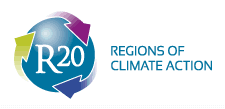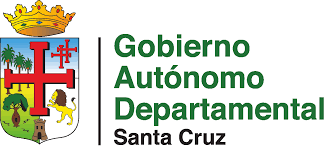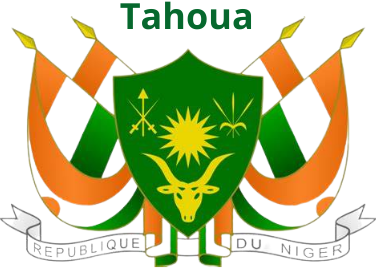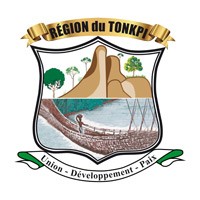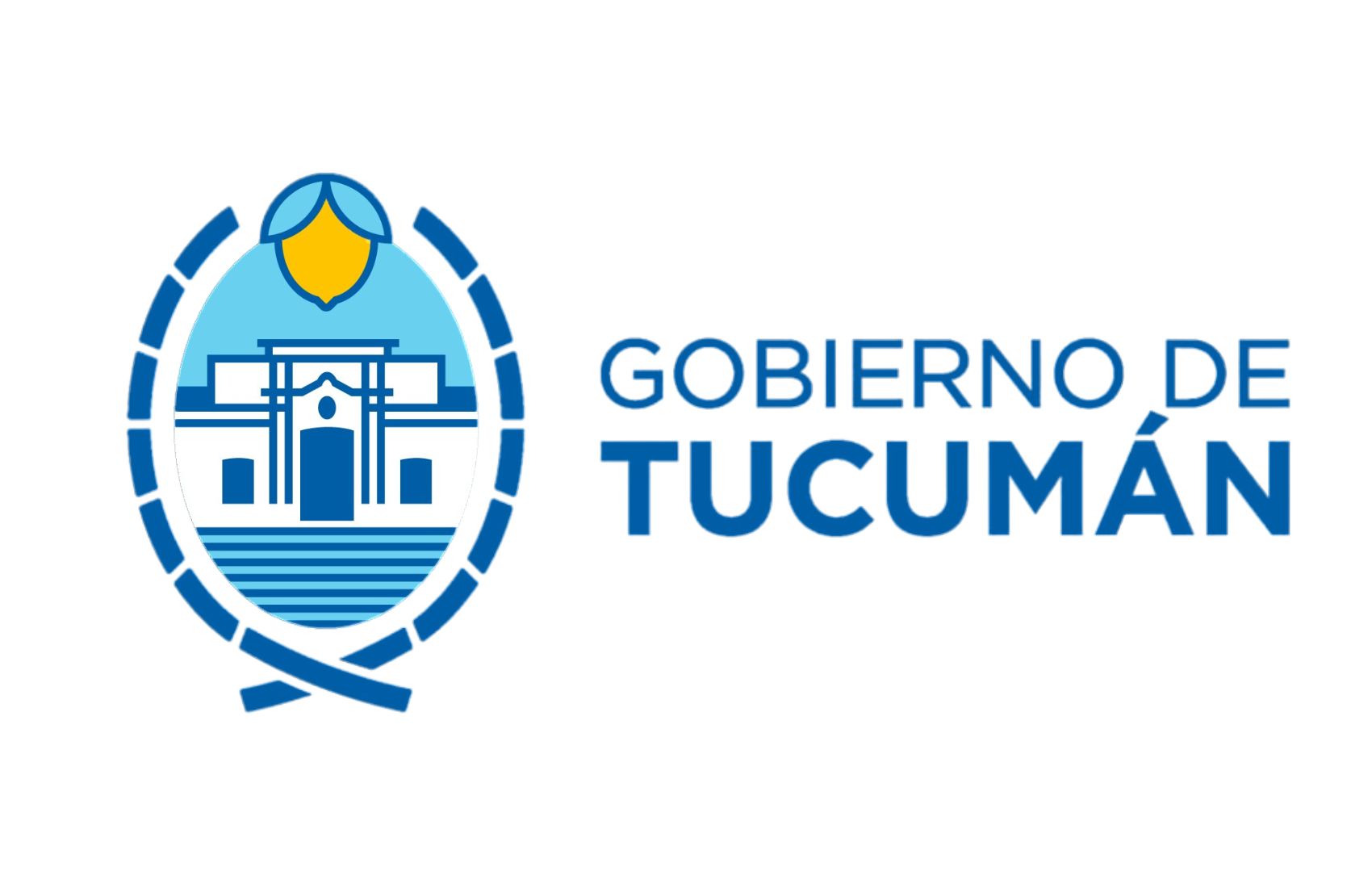The value of proximity in the change of times

Joan Subirats
Professor of Political Science and researcher at the Institute of Government and Public Policies of the Autonomous University of Barcelona
Rethink the role of different spheres of government
At times like the present, when everything around us changes and alters in a irreversible way, it’s the time for us to rethink whether the government guidelines that we have kept using are the most appropriate ones. The combination of far-reaching technological change, economic globalization and the intensification signals of ecological and health risk does not leave much room for the lucubration or a mere rhetorical exercise on the need to transform our government systems. Madeleine Albright (the former Secretary of State in the Clinton administration) said that we were confronted with problems of 21st century with ideas of 20th century, using instruments designed in the 19th century. Beyond the simplification that any synthesis like this entails, the truth is that the mismatch between the uncertainty and complexity that we suffer and the notable inadequacy of ideas or the obvious obsolescence of the decision and implementation instruments used by the different spheres of government is quite evident.
One of the most visible mismatches is the one that occurs between the growing social heterogeneity and the traditional “indifferent efficiency” that characterizes the conduct of public administrations. The diversification of identities, of vital options and the strong demand for recognition of each person in their different ways of being, increasingly constitute a sign of the times that we are living in. The quality of the services available to everyone is now measured by their personalization, in stead of the homogeneity of their designs and implementation. If in the 19th and 20th centuries the great tension between values lied in the conflicts between the equality and the freedom, in the 21st century the idea has become consolidated that equality doesn’t imply a strict homogeneity of treatment. The opposite of equality is inequality, and the opposite of homogeneity is diversity. Therefore, today the tension lies more between the value of personal autonomy, the demand for equality and the recognition of diversity.
In this context, It is necessary that the value of proximity is most emphasized. It is true that when the feeling of risk and uncertainty prevails, and when the market does not provide sufficient guarantees for a majority of the population, people will seek protection. The State has traditionally been this instrument of collective protection. And now, in times of pandemic, it has returned to play this role, with all the differences and peculiarities of each national scenario. However, the state sphere inevitably ends up performing this necessary work of protection from afar, in a hierarchical and patriarchal way (that is to say, in forms of little empathetic, little shared with prescription). Furthermore, as we mentioned before, the instrument of essential action of the State is the public administration that acts responding to the criteria of effectiveness and non-discrimination, often facing with the confusion between equality and homogeneity.
In this scenario, the role of territorial, local and regional governments acquires a particular emphasis, since they incorporate proximity as an added value, which is the ability to adapt to different realities, groups and personal situations. It also allows the necessary articulation of resources from different logics of competence to be exercised in an articulated and cooperative manner. The transversality and comprehensiveness which are so necessary to provide a protective response to complex situations and problems, are always very complicated. And that is exactly the great differential value of the territorial governments closest to citizens.
All of this indicates that we should significantly reinforce the competencies and resources of the government spheres closest to the citizens and their increasingly complex problems. However, in this sense, it is not suitable to come to the logic that intensifies the conflict between centralization and decentralization of powers and public resources, but rather to try to analyze the specificity of each issue and place it on the scale of government that can deal with it in the best way. The pandemic itself has highlighted the need for a supra-state decision framework that concentrates government capacities on issues which require an adequate combination of professional supra-territorial knowledge in the face of phenomena in spite of borders. The states are still absolutely necessary in planning and evaluation, and for this they must have information systems that offer them not only the constant monitor of the issues but also the ability to delegate territorial spheres of government without losing control in the national-territorial areas. For sub-state spheres of government, especially local governments, if they have the appropriate territorial dimension, they can be the key to ensuring that specific mix of protection. On the one hand, they will be capable of recognizing diversity, on the other hand, they will be capable of generating cross-cutting and shared responses.
The times in which we live demand innovative approaches and at the same time generate a dose of confidence to the citizen who feels unprotected and fearful in the face of an uncertain future. All kind of the challenges that we face, about environment, economy or society, require modifying the traditional guidelines of government and management of public affairs. There will be no effective responses without seeking citizen involvement from the proximity, thus, we should have the appropriate presence of the territory and its spheres of government.





